On October 12, President Xi Jinping attended Leaders’ Summit of the 15th Meeting of the Conference of the Parties to the Convention on Biological Diversity (COP15) via video and delivered a keynote speech, calling for joint efforts to build a community of all life on Earth and to start a new journey of high-quality development for humanity. The conference, under the theme of “Ecological Civilization: Building a Shared Future for All Life on Earth,” worked for the conclusion of the Post-2020 Global Biodiversity Framework, and identified targets and pathways for global biodiversity protection in the next decade.
China Energy Conservation and Environmental Protection Group (CECEP) focuses on energy conservation and environmental protection and makes it its mission to develop ecological civilization. It is committed to promoting harmonious coexistence between man and Nature and has conducted a series of practices to protect biodiversity.
Holistic Conservation and Systematic Governance
The Wuling Mountain area in Guizhou Province is an important water source conservation area and ecological barrier in the Yangtze River basin. Meanwhile, the area is of great critical importance for global biodiversity protection. Taking biodiversity protection as the centerpiece, China Geo-engineering Corporation under CECEP invested 5.4 billion yuan to carry out holistic conservation and restoration of mountains, rivers, forests, farmlands, lakes, grasslands and deserts.
Focusing on the ecological pattern featuring “One Mountain (World Natural Heritage site Mount Fanjingshan) and Four Rivers (four ecological corridors including the Wujiang River) and Five Reserves (five National Nature Reserves),” the company made evaluation of the ecological background of each restoration unit. It has identified various problems of the environment and implemented a total of 24 sub-projects of six major programs. The work comprehensively improved the stability of local ecosystem and provided a good environment for the survival and reproduction of a variety of creatures.
Promoting Biodiversity Protection Research
For a long time, Shenzhen Techand Ecology & Environment Corporation under CECEP (hereinafter “Techand”) has been proactively carrying out researches on biodiversity conservation with its core advantages in ecological restoration and environmental protection. Techand participated in the preparation of China National Biodiversity Conservation Strategy and Action Plan, and co-compiled the Technical Regulations for Urban Biodiversity in conjunction with relative organizations including the Chinese Society for Urban Studies. It proposed specific approaches for incorporating urban biodiversity protection practices into various plans, sorted relative domestic and foreign plans, and formed relevant technical specifications and industrial standards for biodiversity protection.
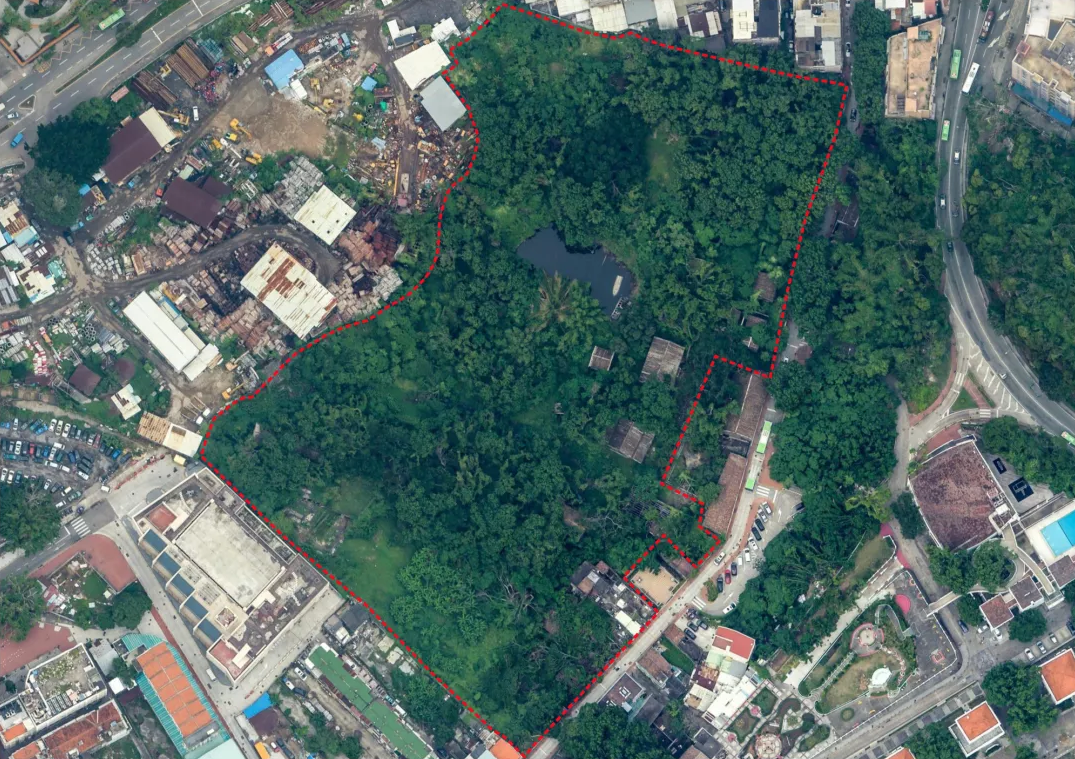
The “Yilong Firecracker Factory Site” ecological project initiated by the government of Macao Special Administrative Region.
In March 2021, Techand became the first company to propose the establishment of an ecological diversity protection framework in the domestic urban rules on the basis of the ecological project of the Yilong Firecracker Factory Site initiated by the government of Macao Special Administrative Region. It also set out to build a system for species classification as well as the protection of ancient and famous trees and wildlife to provide assistance to the continuous improvement of the urban ecological space in Guangdong-Hong Kong-Macao Greater Bay Area.
Safeguarding Harmonious Coexistence Between Man and Nature
Man and Nature form a community with a shared future. CECEP takes the protection of biodiversity into all aspects of its work. In July 2021, CECEP Wind Power Qinghai Corporation received a team of researchers from Chinese Academy of Sciences to conduct scientific researches of Qinghai-Tibet Plateau at the Delingha Gahai Wind Farm. It cooperated with the team to study the biodiversity distribution on the Qinghai-Tibet Plateau, specified the animals and plants that may appear at the wind farm, and effectively strengthened the protection of animals and plants.
Man and Nature form a community with a shared future. CECEP takes the protection of biodiversity into all aspects of its work. In July 2021, CECEP Wind Power Qinghai Corporation received a team of researchers from Chinese Academy of Sciences to conduct scientific researches of Qinghai-Tibet Plateau at the Delingha Gahai Wind Farm. It cooperated with the team to study the biodiversity distribution on the Qinghai-Tibet Plateau, specified the animals and plants that may appear at the wind farm, and effectively strengthened the protection of animals and plants.
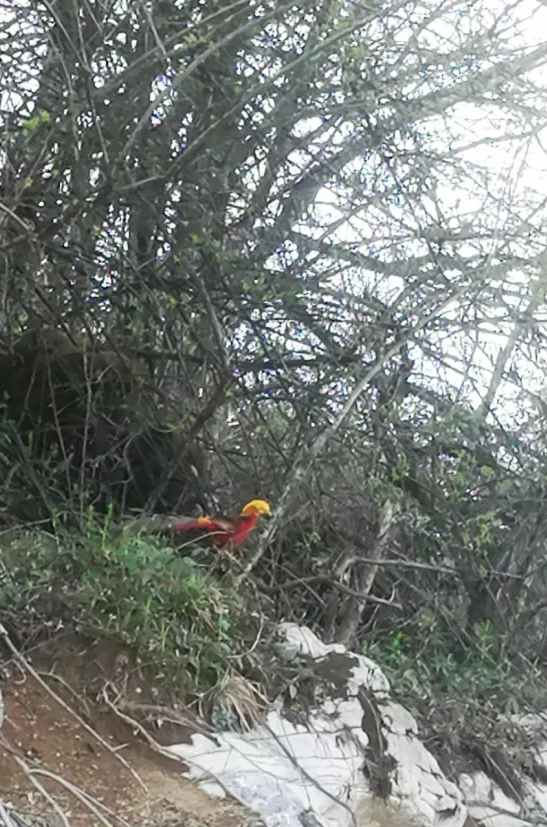
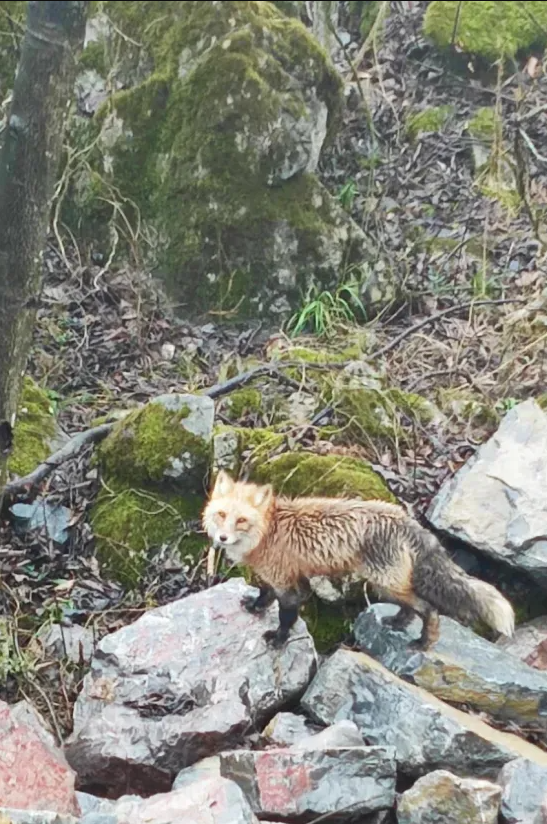
The vulpe and the golden pheasant discovered in Nanling Wind Farm and Niuzhuang Wind Farm of CECEP Wufeng Wind Power Corporation.
To keep enough living space for wild animals and plants, CECEP Wufeng Wind Power Corporation strictly abides by the national environmental protection laws and regulations during the design and construction of the wind farms to ensure that the construction and the operation of wind turbines do not affect the life of wild animals and plants. At the same time, the company often sent workers to visit local farmers to disseminate knowledge on environmental protection. It strengthens the protection and treatment of wild animals and plants in its wind fields, and would remove any hunting tools found in the place. Nowadays, the vulpe and the golden pheasant, both China’s national second-class protected animals, often appear near the Beifengya Wind Farm, Nanling Wind Farm and Niuzhuang Wind Farm. CECEP’s achievements of biodiversity protection are increasing.
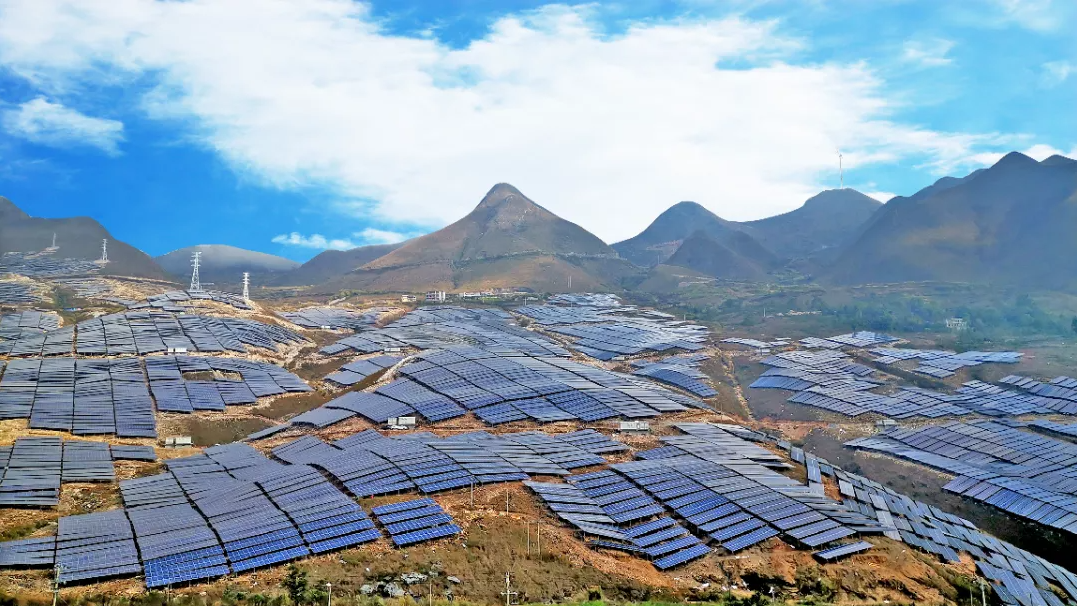
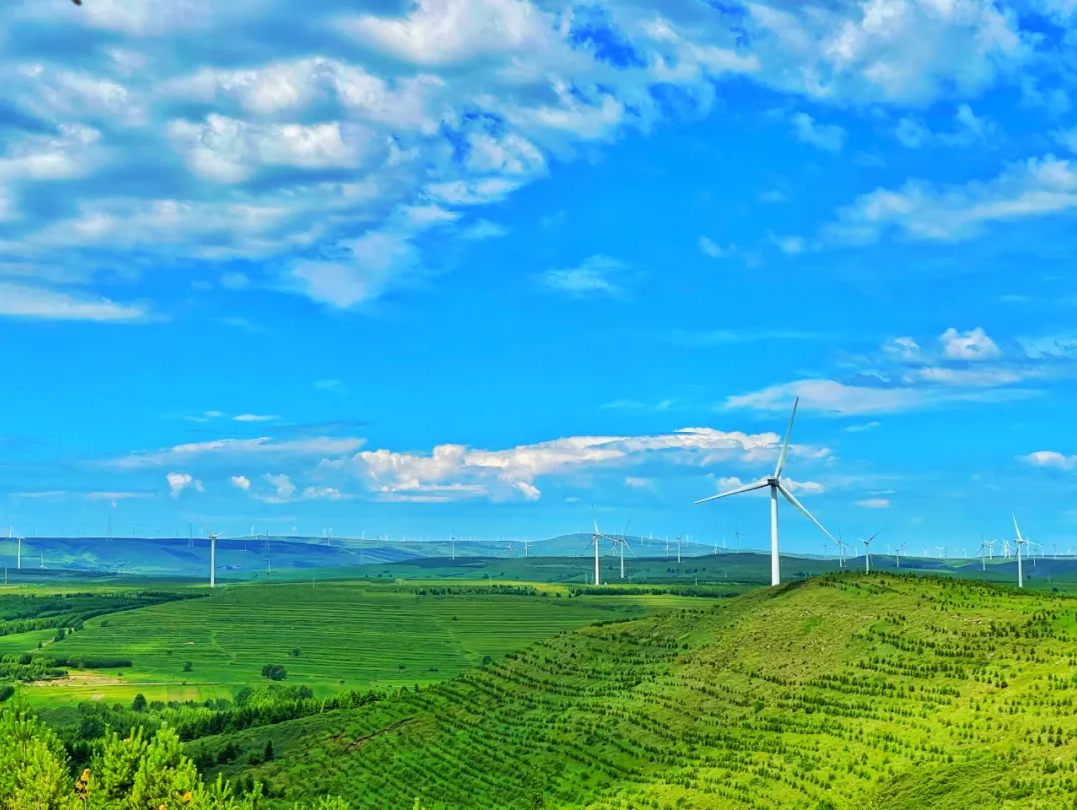
In the next decade after the COP15, China will continue to contribute its solutions to building a community of all life on Earth. CECEP will continue to focus on biodiversity protection and make its contribution to achieving China’s carbon peak and neutrality targets. It will firmly promote the development of global ecological civilization and help realize the 2050 vision of harmonious coexistence between man and Nature.

